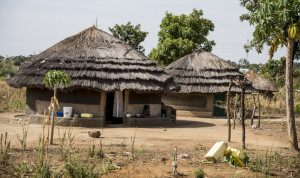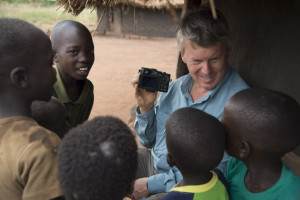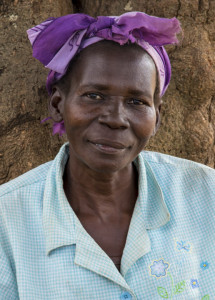 So what did we actually do in Uganda? How did we actually go about getting the images we did? I am asking this more for my own benefit, part of my decompression process, but I thought you, my odd reader, might want to know as well. I know my mom would like to know what I was doing over there.
So what did we actually do in Uganda? How did we actually go about getting the images we did? I am asking this more for my own benefit, part of my decompression process, but I thought you, my odd reader, might want to know as well. I know my mom would like to know what I was doing over there.
I went to northern Uganda to support New Course’s effort to show the link between environmental degradation and poverty and how that link leads to the conditions that lead to human trafficking. That is the conceptual underpinnings. In practical terms, what the heck did we do?
We spent most of our time photographing and videoing how the rural people interact with their immediate environment in order to survive. We photographed whatever we could that had to do with farming: hoeing fields, burning fields, growing fields, fallow fields. We also photographed people fishing, people making bricks and people making charcoal. Each of these activities included people directly working with and influencing the land.
Whenever we could we photographed women working and children working, especially girls. We did this because New Course has shown that women and girls are the vital to break these tragic links. It wasn’t very hard to find women and girls working since many men, many fathers, have either been killed over the last 25 years of conflict or have left to find work elsewhere.
 Most of the time we found all these things by getting in the car and driving around. We had solid leads to where a certain quarry was where women were working and where women were fishing but otherwise we just drove around and stopped when one of us saw something compelling and yelled STOP! Not a very sophisticated strategy but it works.
Most of the time we found all these things by getting in the car and driving around. We had solid leads to where a certain quarry was where women were working and where women were fishing but otherwise we just drove around and stopped when one of us saw something compelling and yelled STOP! Not a very sophisticated strategy but it works.
The secret to this driving around technique is to engage the people or go out and explore the land when we stopped. You get bupkus if you shoot from the road, mediocre bupkis at best. But if you crawl out of your comfort zone and smile a lot you will often be rewarded with great opportunities. To properly photograph people, any people, you have to engage them first. This means talking to them, connecting with them, no matter how superficially. It means making an effort.
We also went to schools to photograph the kids actively engaged in learning. Because school costs money many children of northern Uganda can’t afford to go. These were the boys and girls we photographed working the fields, or ankle deep in clay making bricks or wading in muddy water trying to catch fish. We always talked to the head teacher first and we always brought gifts- soccer balls & school supplies- as thank you gifts.
We also spent a lot of time in the little family clusters of huts that were always within sight no matter where we went. We only ventured into these private family areas when we were invited and we were invited only when we spent time with someone walking on the road, or selling vegetables, or at a market. These were the best photography times and also the most poignant. If you want to get the real picture of someone’s life go to their home and meet their family.
And here’s the point: when you see how someone lives, what they struggle with, what they do with and do without, it shines a light on how you live and what you have. And isn’t that why we travel?

